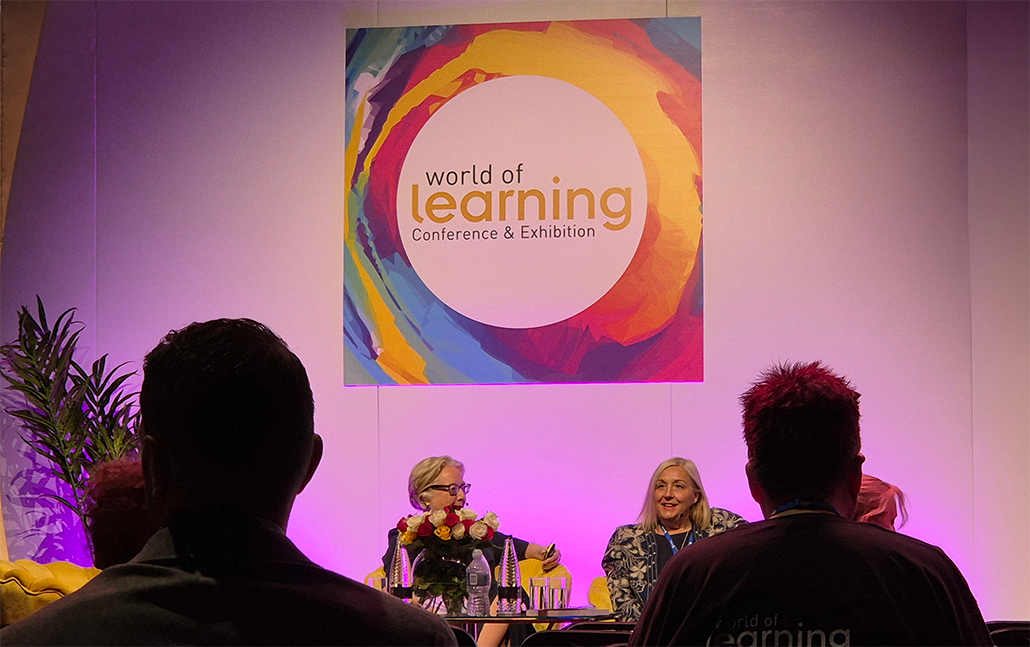Is 2019 the year that humanity comes back to L&D and HR?
In 2019, the L&D profession will see major changes. These won’t only be brought about by technology – though this will be significant – but also by an urgency to address developments in the needs of both businesses and employees.
Businesses are facing some of the toughest times in recent decades, with Brexit looming and uncertainty rife across every industry, and this is having a huge impact on employees, not just profits.
By using the latest technologies to optimise and improve L&D and HR, and by always focusing on the human touch, L&D departments can make sure their employees are engaged, and their organisations can weather any storms that 2019 might bring. Here are several key predictions for how L&D can make 2019 the year of change.
Predicting people
Predictive analytics will be the next big technology to hit L&D, with some early adopters already well on the way. It will become increasingly important to spot attrition, to help professionals put proactive measures in place for top talent before they’ve even resigned.
For organisational analysis, it will help the HR function understand how traditional departments are interacting with one another, based upon market needs. This will help organisations put in place more flexible working structures, both in their digital and physical workspaces, to be able to react to customer demands more quickly.
It will become increasingly important to spot attrition, to help professionals put proactive measures in place for top talent before they’ve even resigned.
Adopting AI
We will see huge investment in digitalisation of HR and L&D and the whole employee experience – across all industries – in 2019. We see AI being used increasingly in big companies, but in 2019, chatbots will become more prevalent in smaller organisations for their cost efficiency.
If one chatbot could perform the mundane, repetitive tasks of three employees – on the basis that a chatbot can work 24/7 as opposed to a 40-hour week – smaller businesses will come to rely on their ROI. Predictive analytics is already playing a role in attracting and retaining the best and brightest talent – but the best use of predictive analytics requires an organisation having its data ducks in a row.
This will be a journey for smaller companies.
Focus on the human
Next year will see organisations start to identify ‘key employee moments’ or ‘moments that matter’ using both technology and the human touch to do so. While automation technologies will be deployed, focusing on the human will be the real value add for L&D and HR, who will take the time to understand where human interaction vs less human activity is needed.
Building an intimate connection with potential candidates or existing employees will enhance employee experience, employee productivity and staff advocacy. In turn, this impacts brand equity, attraction and retention – all of which will be crucial in what is set to be a turbulent 2019.
With all that in place, the next obvious step is for organisations to move towards predictive analytics on all of this data.
It’s not all about automation
Rather than specific functions, parts of processes will be automated. In recruitment, we’ll see CVs being automatically screened using AI algorithms much more than in 2018 – but interviews will return to being focused on human interaction to provide a human-to-human moment.
Similarly with employee onboarding, chatbots will begin to automate personal data entry, leaving HR the time to focus on welcoming the employee into the firm. This will boost not only HR’s productivity levels, but also the employee’s own productivity from the very beginning.
Engaging employees
Always-on learning will be L&D’s focus area in 2019: how do you continuously reskill and upskill your existing employees as well as attract new talent?
This will enable increased staff advocacy, rather than old school employee satisfaction, which really only measures whether staff feel satisfied with their current conditions (usually pay) rather than how likely they would be to recommend the company to others.
This ties back to brand equity and thus has a direct impact on consumer perception – if you’re an innovation leader, modern-day consumers want to know if you are walking the talk when it comes to your own employees, and not just their product or service.
Patchwork careers will take off
2019 will be the year of the patchwork career. Employees will start to balance their job with secondary interests such as family, charitable work – or even other employment. What’s more, this won’t only been seen as a benefit to employees, but to employers too.
HR departments who actively encourage interplay between personal and professional goals will be able to improve morale, boost employee satisfaction, and hand their employees a level of freedom that is often hard to find. In turn, this will start to enrich organisations by bringing fresh ideas and undiscovered culture to the workplace – and by 2020, this won’t be such a hard sell.
Of course, not every organisation can put all of these technologies and initiatives into place within one calendar year – and we shouldn’t expect them to. Those who can pick and choose what will have the biggest impact on their business and workforce will be the most successful come this time next year – but who knows what the next year will bring?
About the author
Jonquil Hackenberg is head of C-Suite Advisory at Infosys Consulting.



